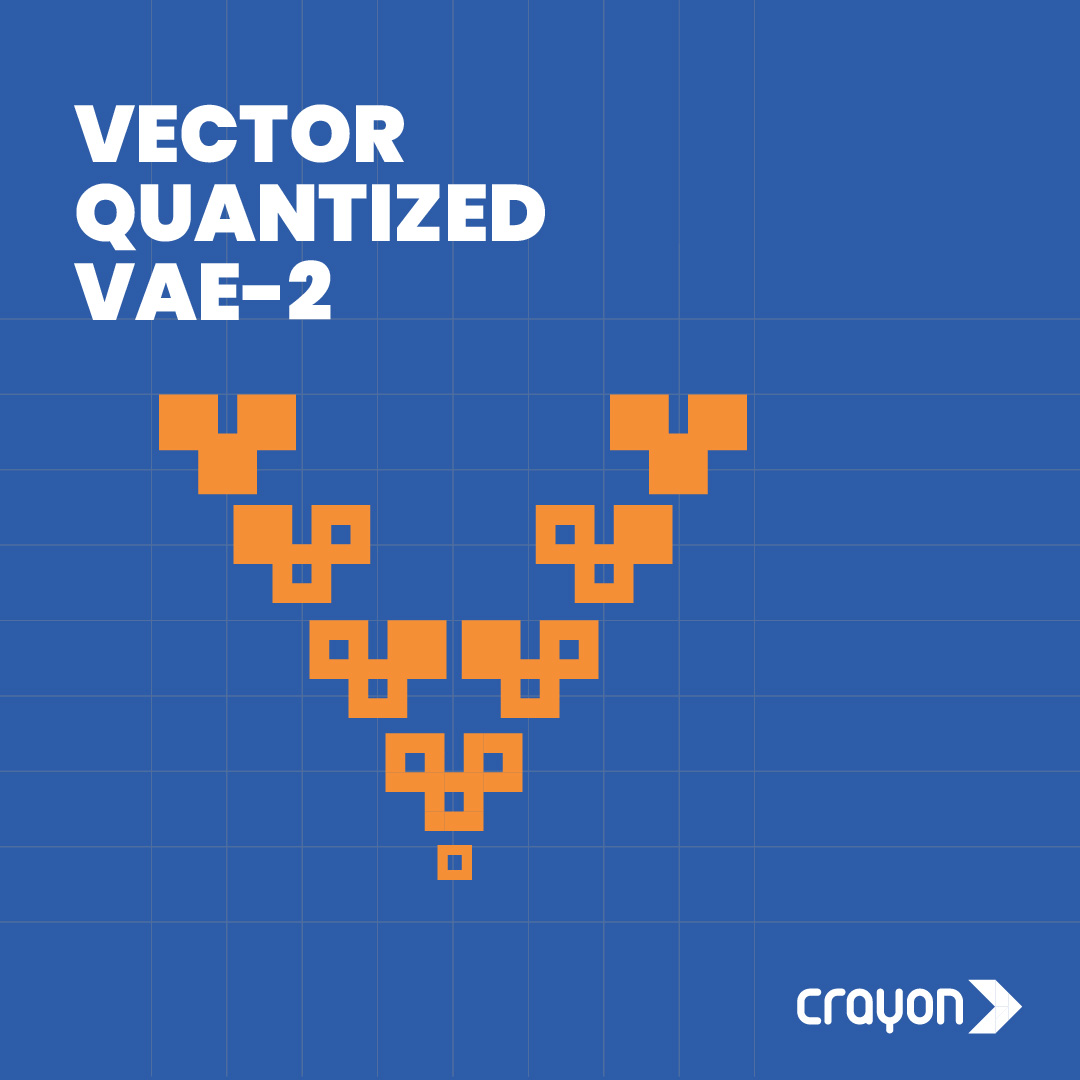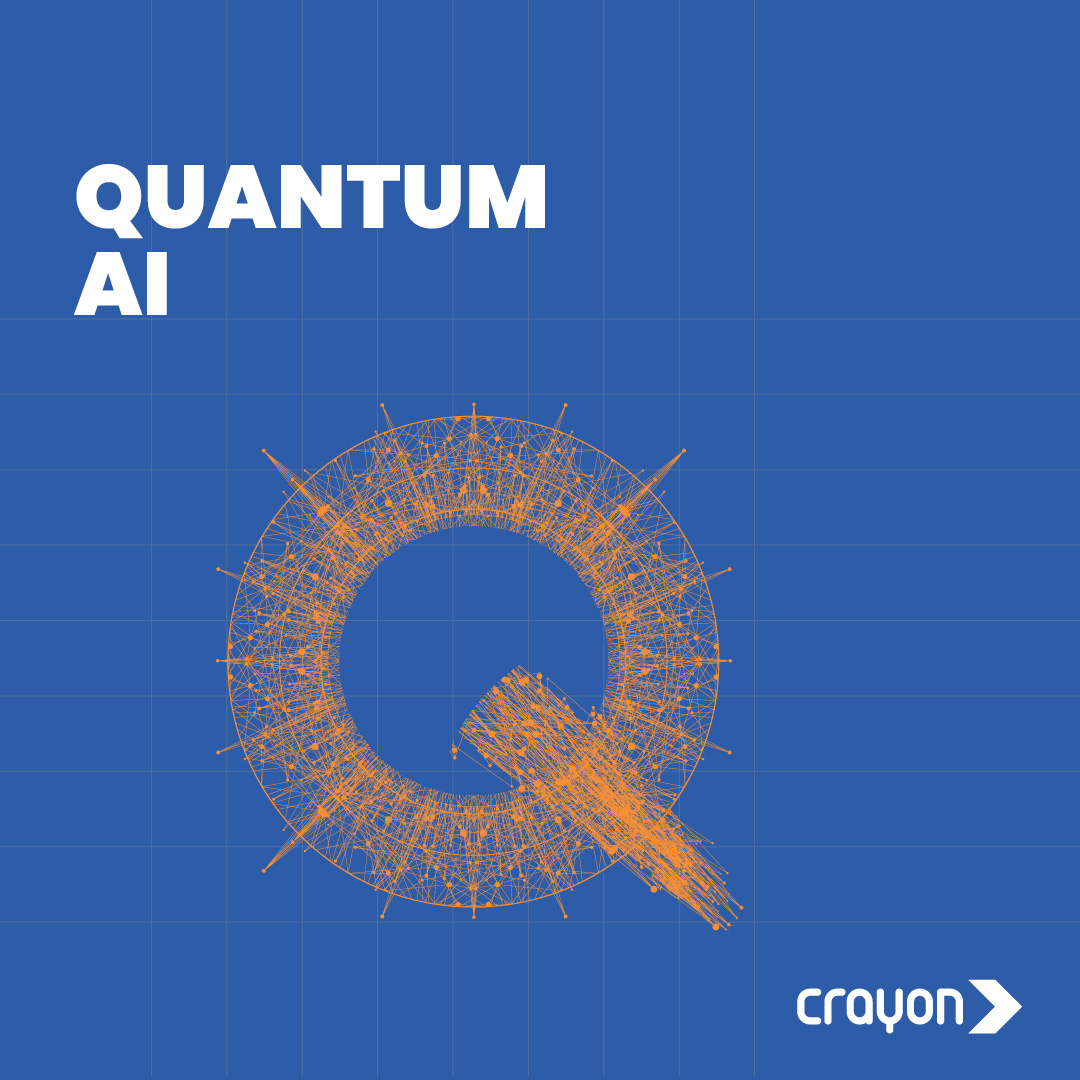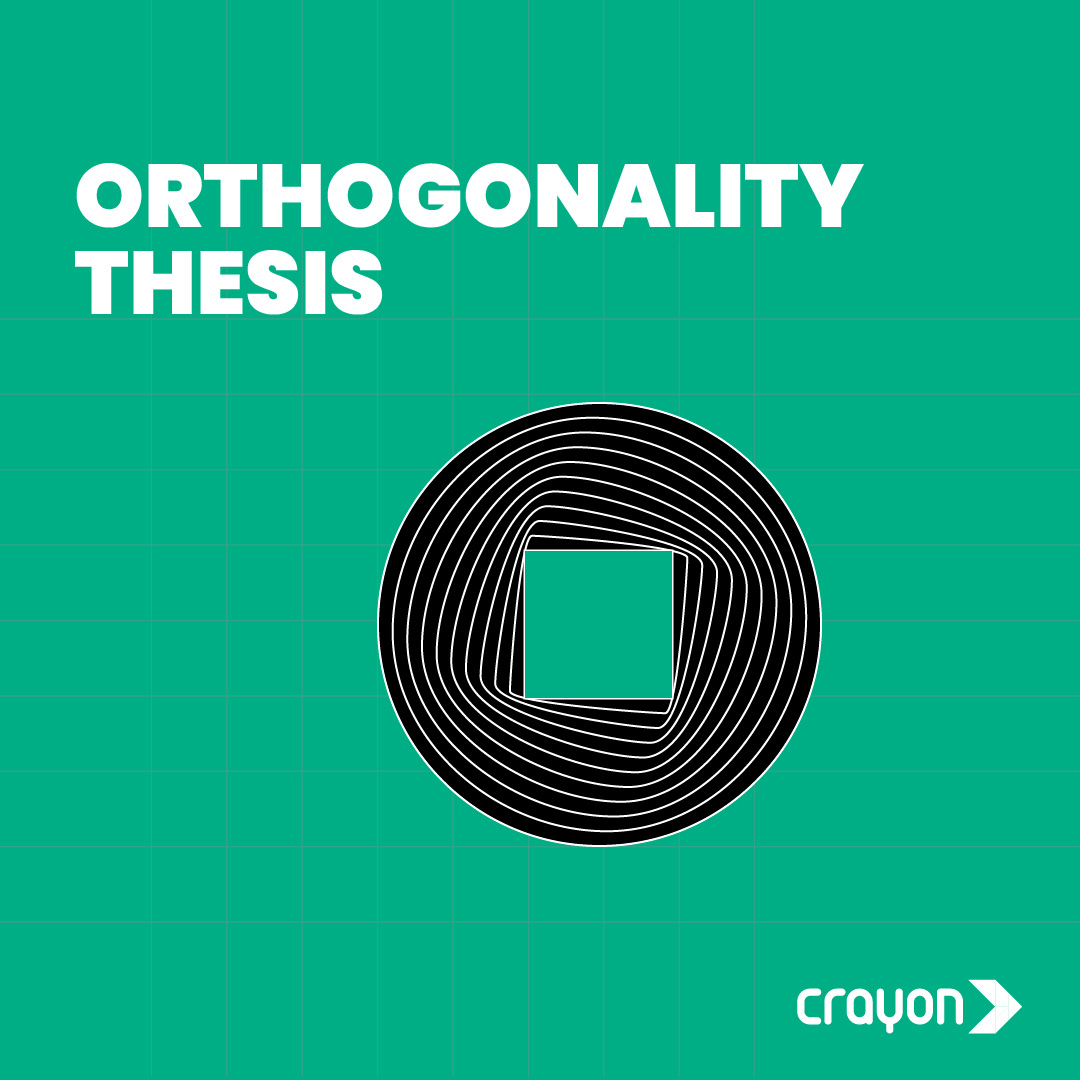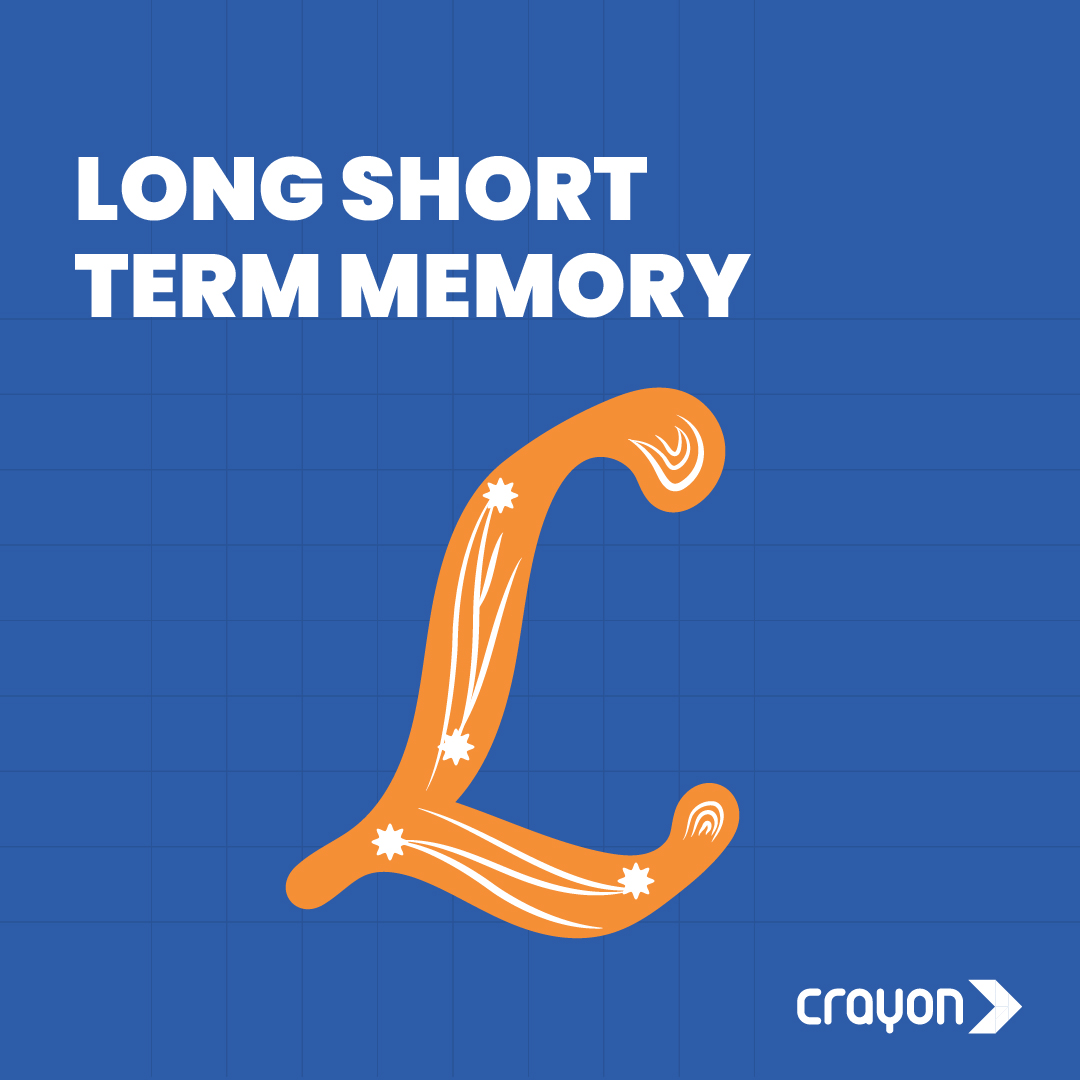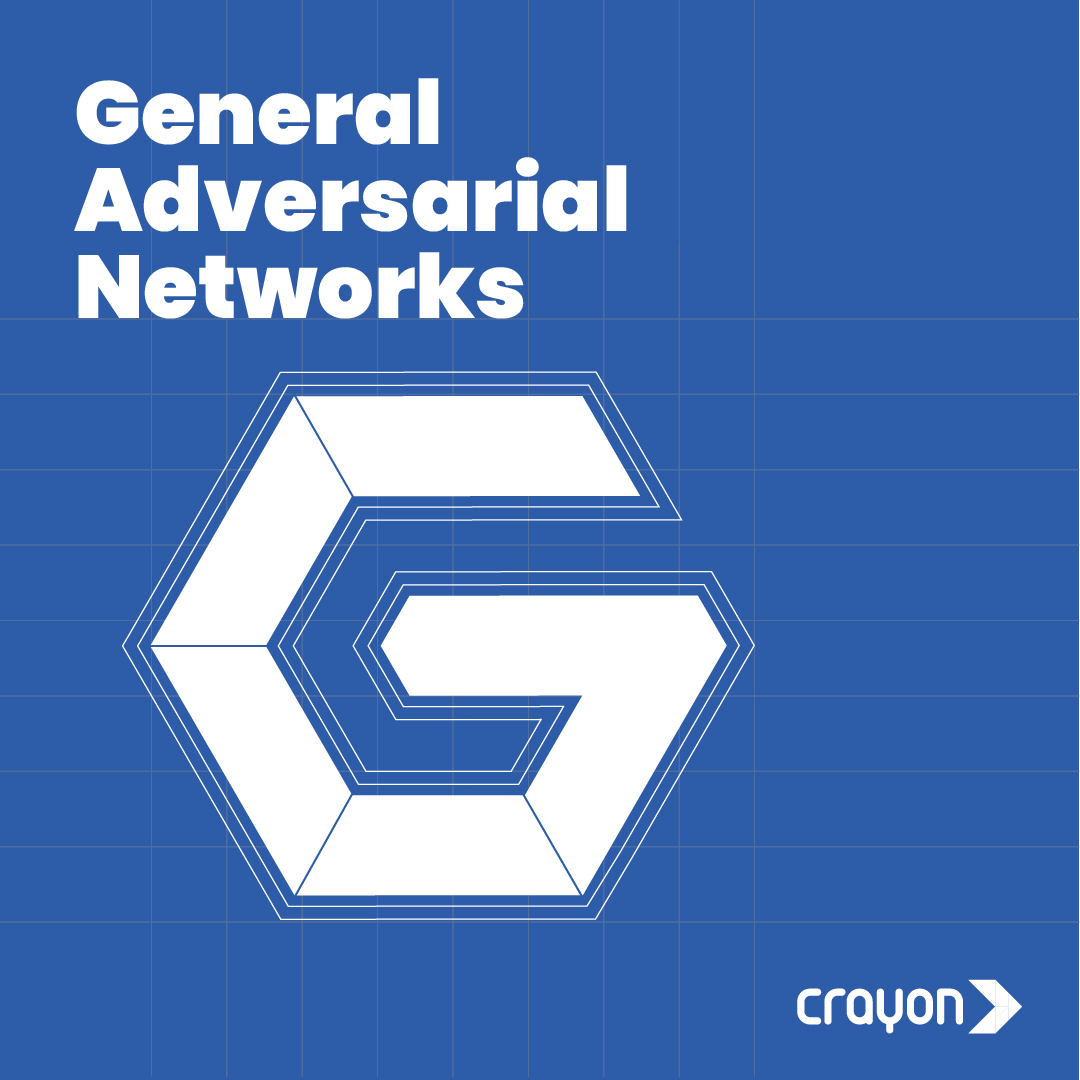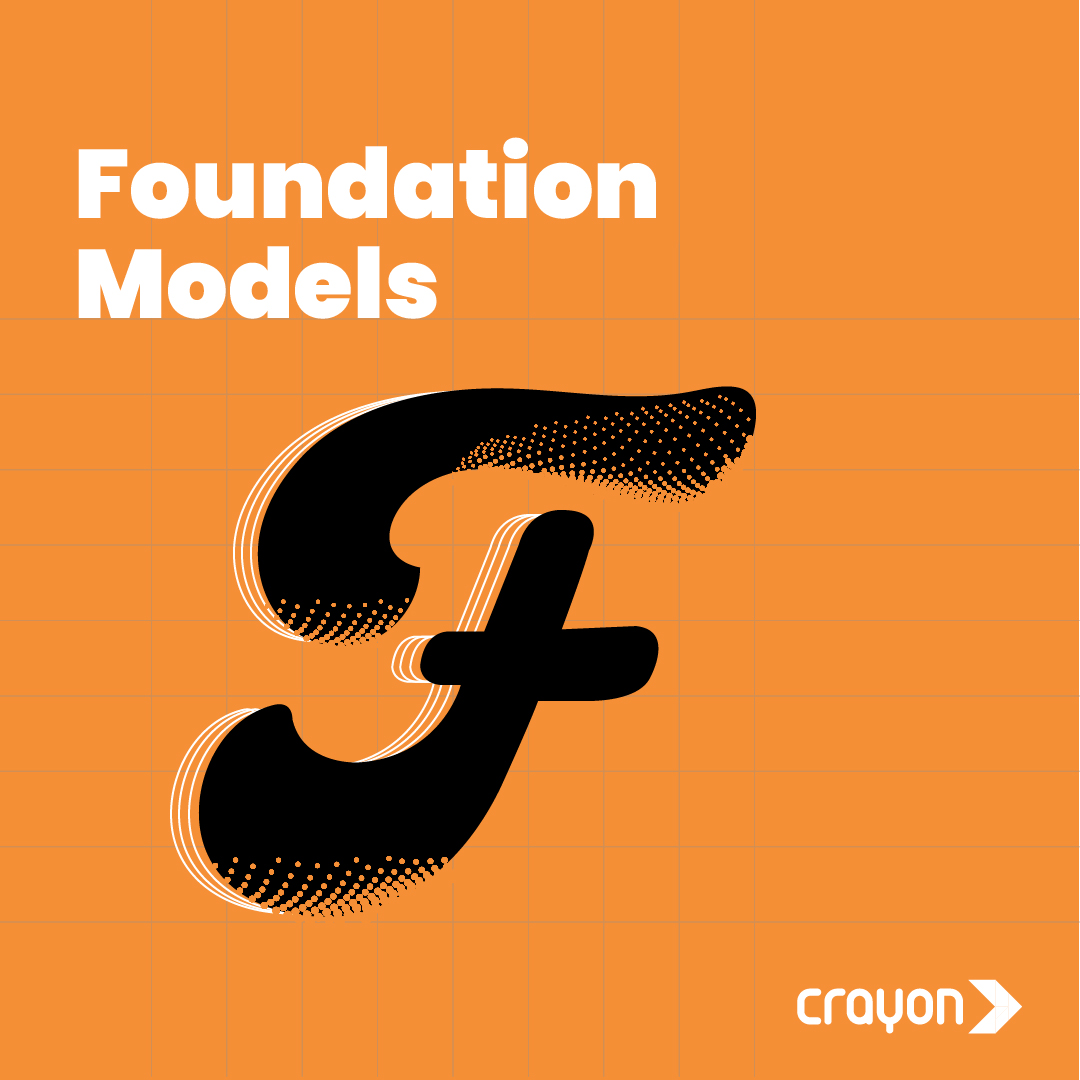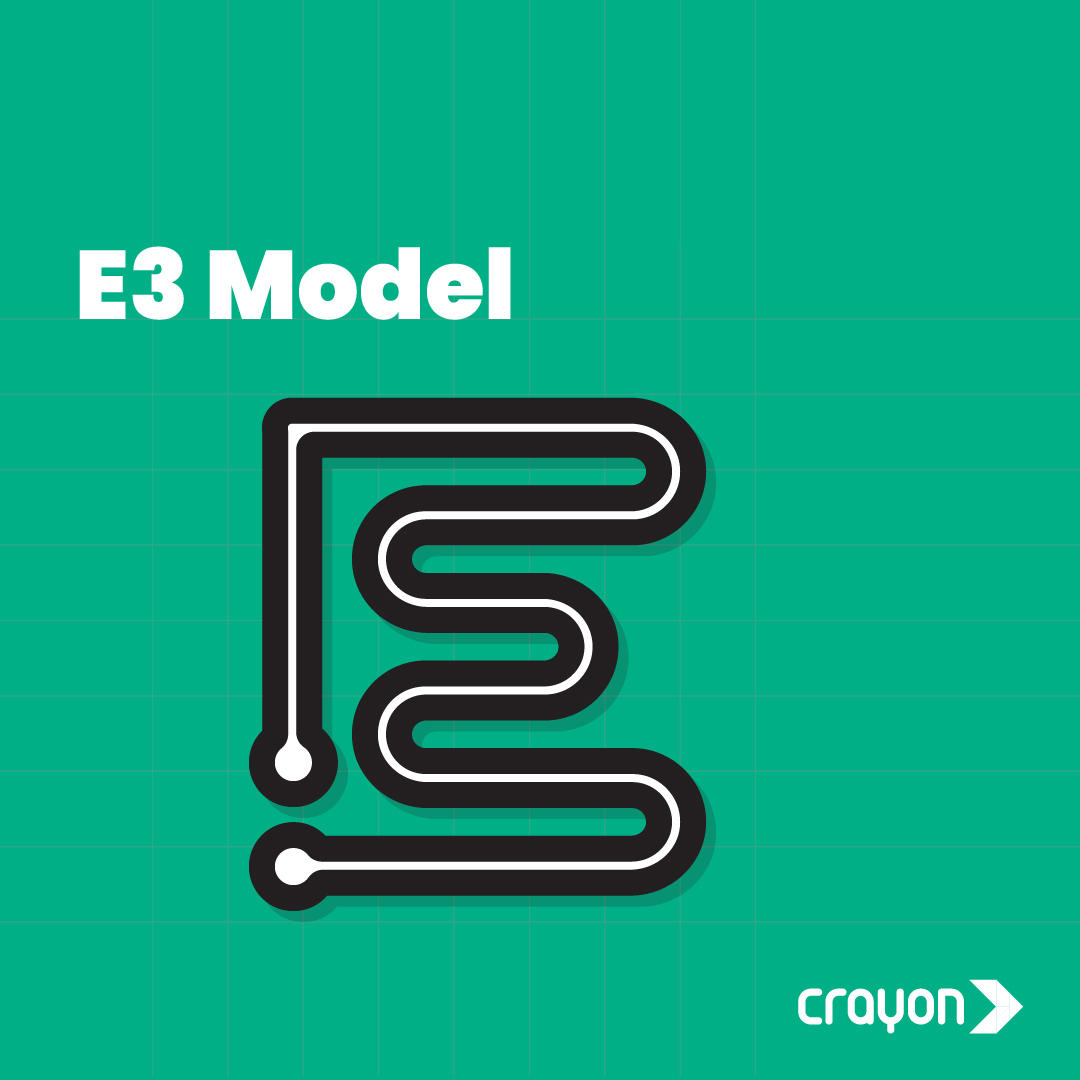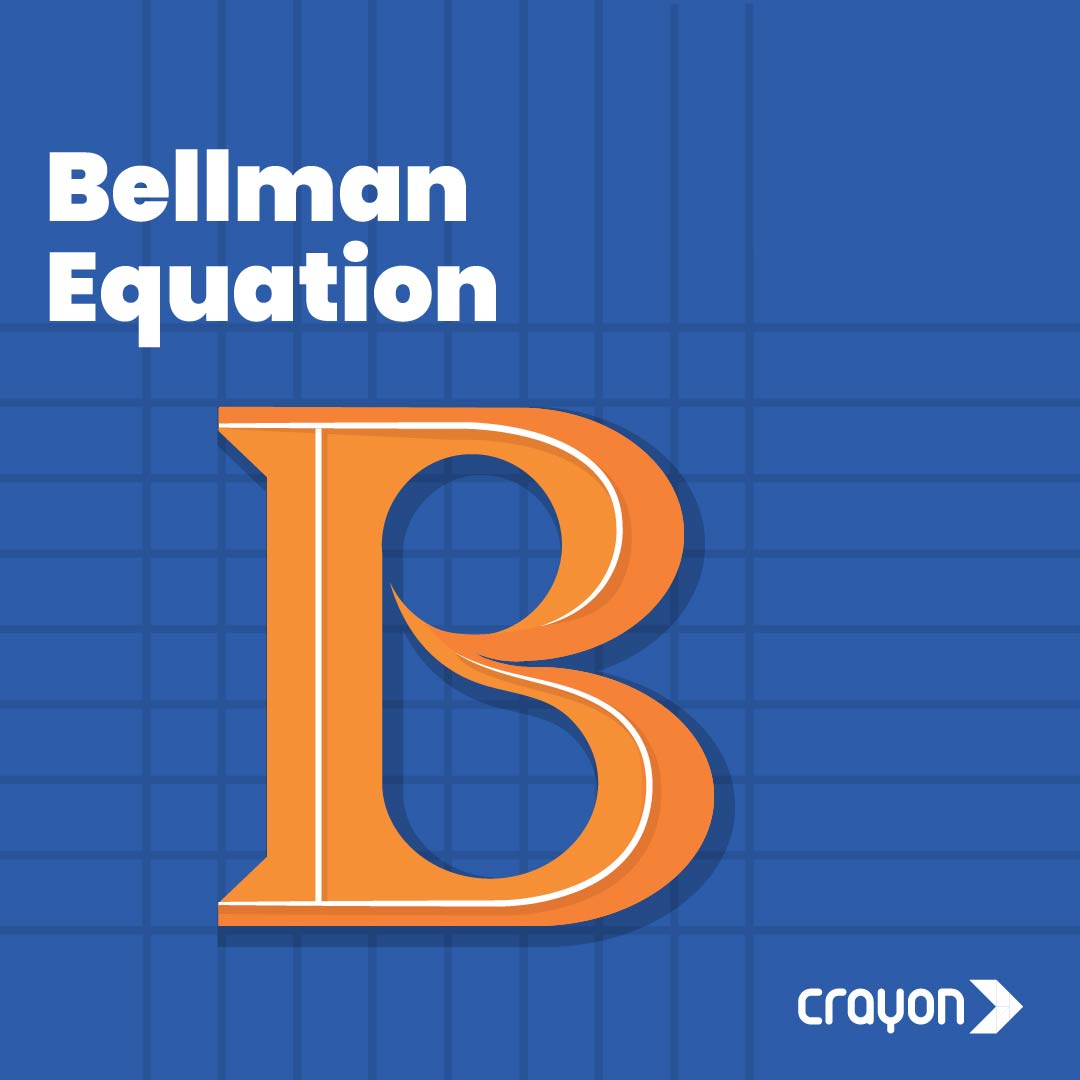The question of artificial intelligence (AI) has long intrigued humanity, with the idea of machines capable of thought and consciousness sparking both fascination and apprehension. One of the most prominent methods of evaluating AI progress has been the Turing Test, proposed by Alan Turing in 1950. This test, in essence, assesses whether a machine can exhibit human-like conversational abilities, effectively deceiving a human judge into believing they are interacting with another person.
While the Turing Test has served as a benchmark for AI development for decades, its limitations have become increasingly apparent. Critics argue that the test focuses too narrowly on language skills, overlooking other crucial aspects of intelligence such as reasoning, problem-solving, and creativity. Additionally, the Turing Test can be manipulated through clever programming techniques, allowing machines to pass the test without truly demonstrating sentience.

In light of these shortcomings, researchers have proposed alternative tests that aim to capture a broader spectrum of intelligence. The Winograd Schema Challenge, for instance, evaluates AI’s ability to understand and reason about everyday situations, while the Total Turing Test encompasses a wide range of tasks beyond mere conversation. Then there’s the Lovelace Test 2.0, named after Ada Lovelace, the OG computer programmer. This one looks beyond the binary and tests if AI can generate truly creative and original outputs. However, even these more comprehensive assessments have failed to provide a definitive answer to the question of AI sentience.
Given the limitations of individual tests, a new approach has emerged: the Turing Olympics. Inspired by the multi-event nature of the Olympic Games, the Turing Olympics proposes a battery of tests designed to assess different facets of AI intelligence. This comprehensive approach aims to overcome the limitations of single tests, providing a more holistic evaluation of AI capabilities.
The Turing Olympics would encompass a variety of challenges, including:
-
Vision: Testing AI’s ability to interpret and understand visual information, such as recognizing objects, identifying patterns, and comprehending scenes.
-
Speech Recognition: Assessing AI’s ability to accurately transcribe spoken language, including understanding accents, dialects, and background noise.
-
Natural Language Processing (NLP): Evaluating AI’s ability to comprehend and generate human language, including understanding context, nuances, and complex sentence structures.
-
Reasoning and Problem-Solving: Assessing AI’s ability to apply logic, solve puzzles, and make decisions based on available information.
-
Creativity: Evaluating AI’s ability to generate original ideas, produce creative content, and adapt to new situations.
By encompassing a wide range of tasks and challenges, the Turing Olympics aims to provide a more comprehensive assessment of AI intelligence, moving beyond mere chatbot-level communication skills and stochastic parroting. This multi-faceted approach holds the potential to unveil whether AI has truly achieved sentience, marking a significant milestone in our understanding of artificial consciousness.




